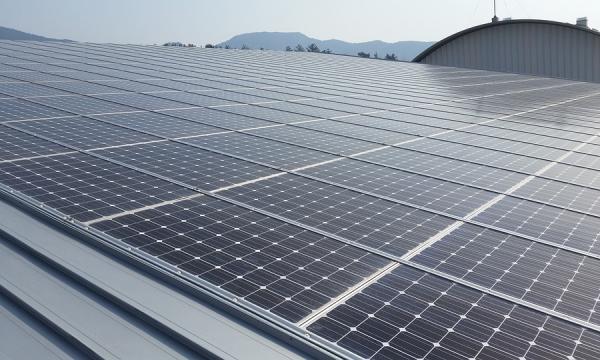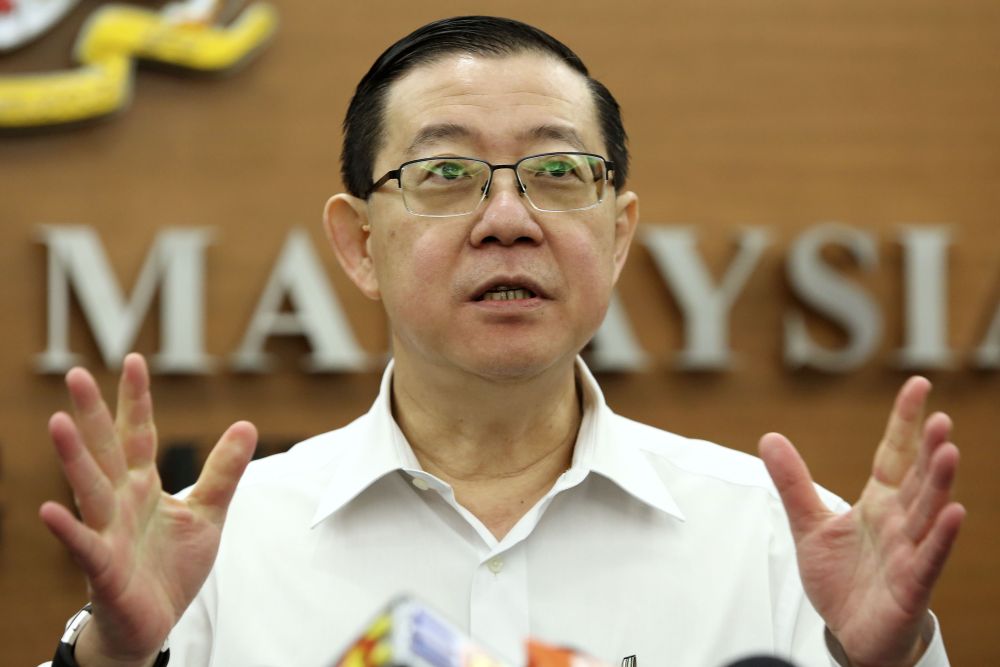Considering the major barriers to financing renewable energy (RE) projects in Vietnam, researchers at the Asian Development Bank (ADB) have recommended the Government establish more conducive conditions for private investment and strengthen the domestic funding environment through a functional financial market.
Vietnam is a potentially rich country with abundant sources of RE, such as wind power, solar power and biomass, which remain substantially untapped, the bank’s researchers stated in their working paper, titled, “Green Finance in Vietnam: Barriers and Solutions,” released on November 12.
Despite the advantage of finding funding sources for RE projects, they noted that many hindrances still exist. The low-regulated price of electricity makes it difficult for RE projects to be profitable, considering the uncertainty of the creditworthiness of the State-owned Vietnam Electricity (EVN), which dominates the local electricity industry.
Moreover, the underdeveloped financial system lacks the capacity to deliver long-term capital, and the banking system has weak competence in performing green credit appraisals. Based on the existing challenges, the authors of the paper have made some recommendations.
Revising energy price policy
The authors pointed out that the artificially low electricity price in the domestic market is one of the most unattractive criteria for the participation of the private sector in the RE industry.
Therefore, they proposed the Government revise the energy pricing to make it more reasonable and offer a greater chance for bankable renewable projects.
Besides this, the Government should have a stronger commitment to creating market-oriented pricing that would reduce the demand for coal, compared with cleaner-burning natural gas and other alternative energy sources.
The paper cited a 2016 report from the World Bank as saying that the energy price should increase by some 10% per year rather than reflecting the inflation rate with an annual average of under 5% to guarantee financial sustainability for EVN and should create an appropriate energy price to attract investment.
Reforming Vietnam’s electricity pricing and cutting subsidies for fossil fuel technologies will also enable more investment in RE technology and allow them to compete equally in the medium term.
The authors recommended the Government revise upward the feed-in tariffs – referring to the price of electricity sold to the national grid – for renewable energy-generation projects, as an adequate feed-in tariff could encourage investment from the private sector.
Reforming fiscal policy to discourage CO2-intensive sectors
According to the researchers, one of the primary solutions is to design a carbon tax system, where the taxes collected will finance green energy technologies. This fiscal policy would be beneficial in discouraging carbon dioxide emissions and creating a funding source for renewable energy projects across the country.
The subsidies for fossil fuel in Vietnam are expected to exceed US$540 million by 2025 and US$2.56 billion by 2030. Thus, it is important to secure an adequate financial source based on the revenue from taxes and fees derived from fossil fuel consumption and generation to compensate for the expenditure.
For instance, the Government could consider imposing a carbon tax of US$5 per ton on fossil fuels such as coal, oil products and natural gas, based on their consumption levels to create revenue for the renewable energy development fund to invest in RE projects.
The authors also proposed the Government develop a wide range of financial vehicles to facilitate long-term financing and risk mitigation. To attract more private sector involvement in green energy development, it is necessary to enhance the functions of the domestic financial market, especially through a number of critical areas.
Their proposed measures include developing the domestic bond market as a basis for the green bond market for clean energy projects, as well as building and developing investment funds and the venture capital market for seed capital for RE development.
Others mentioned enhancing the effectiveness of the execution of a credit guarantee scheme to provide more concessional loans and increase access to finance for RE projects, as well as green small and medium-sized enterprises; building up credit rating agencies with a high capacity to conduct credit appraisals for energy projects; and strengthening the capacity of financial and banking institutions to fund RE energy projects through effective and efficient lending appraisals.









